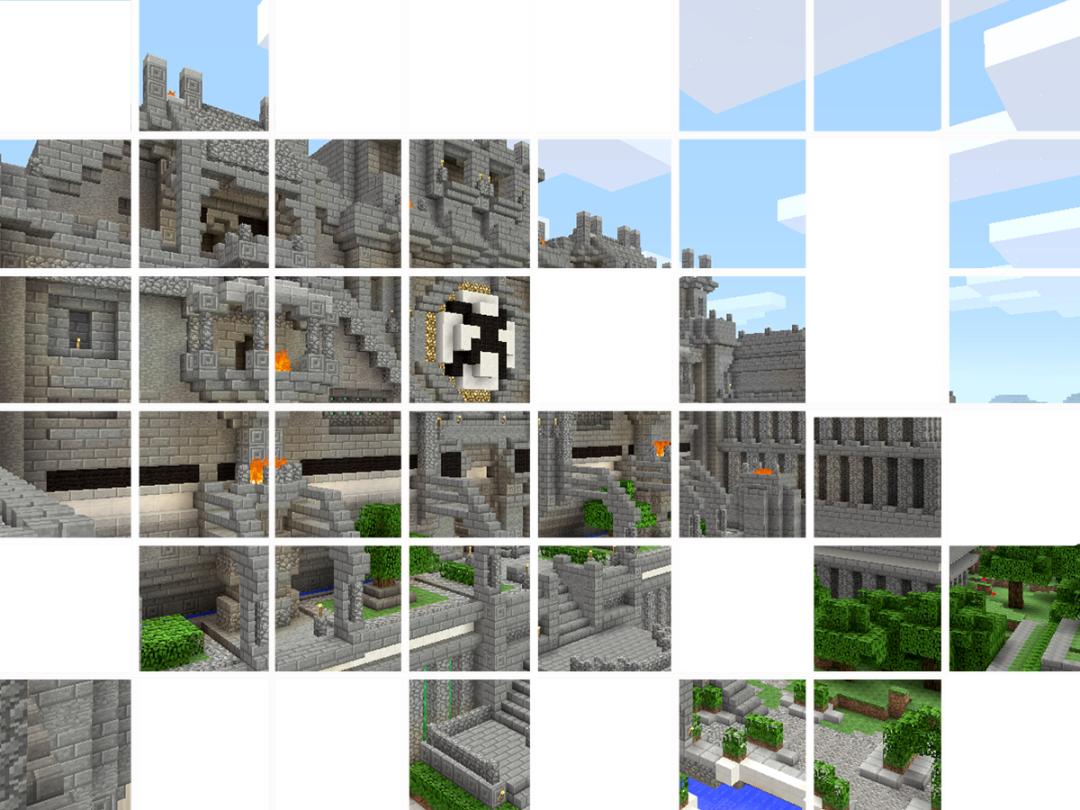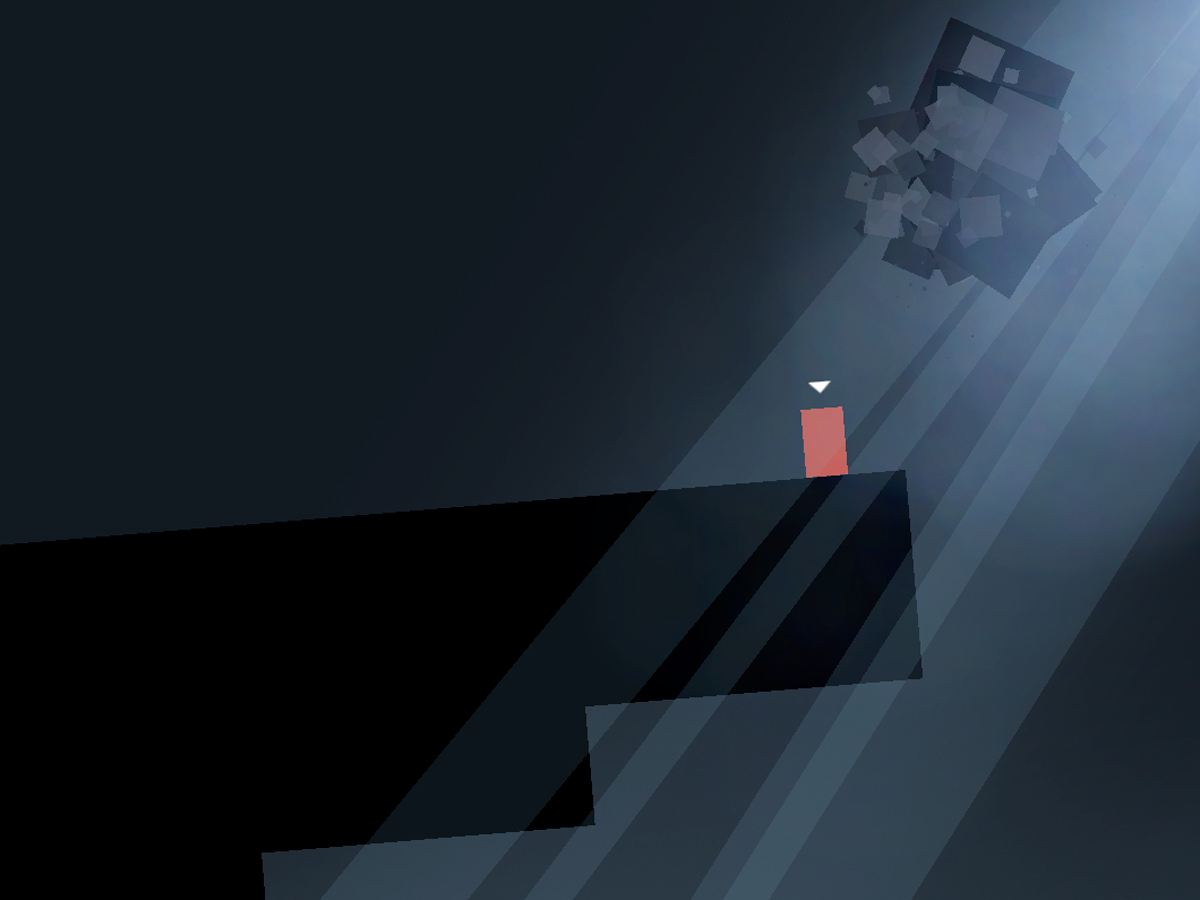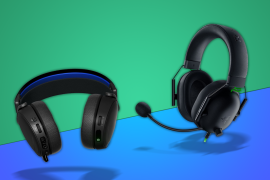How indie games conquered the world
You can keep your Call Of Duty: Return Of The Modern Future War Guy 8. Today’s biggest games are being made in bedrooms all over the world

When Activision’s highly anticipated space opera Destiny launched last September it did so under the banner of ‘most expensive game ever made’, with a reported budget of US$500m.
To put that in context, 2014’s most expensive film was Transformers: Age Of Extinction, with an estimated budget of US$210m – casting the frontman of Marky Mark and the Funky Bunch as your lead clearly doesn’t come cheap.
The numbers speak for themselves: you can make two Michael Bay movies for the price of one video game. But Destiny‘s finances pale in comparison to the US$2.5bn Microsoft has just spent on indie sensation Minecraft and its maker Mojang (Swedish for ‘gadget’).
All of a sudden US$500m doesn’t seem so bad…
READ MORE: The 25 best iPhone and iPad games right now
Lego levelled up
Created by Swedish developer Markus ‘Notch’ Persson in 2009, Minecraft is a kind of Lego simulator set in a randomly generated world made up almost entirely of cubes. It does exactly what it says on the tin: you have to mine in order to craft. When night falls, skeletons, spiders, zombies and other nasties emerge, and without building suitable shelter you won’t make it to morning. And that’s it.
In its pure form, there are no missions to complete, coins to collect or princesses to save from tie-wearing apes. It’s a blank canvas made up of dirt, stone, water, sand and trees. Mining them allows you to craft various tools to make mining easier, with those raw materials used to build structures, or forged in a furnace to create more advanced materials.
You can do almost anything you want – and people have. Google ‘best Minecraft structures’ and you’ll see everything from a faithful recreation of King’s Landing from Game Of Thrones to a working computer powered by the game’s redstone fuel.
According to the Minecraft website nearly 17 million people have bought the PC/Mac version of the game, but with other ports also available for PS3, PS4, Xbox 360, Xbox One, iOS and Android (plus Persson’s famously relaxed view on piracy), user numbers are way over the 100 million mark.
Minecraft sold four million before it even came out of beta. If it were a country it’d be in the top 15 most populated places in the world. But how did it get so big?
READ MORE: The 25 best PlayStation games ever
Dirt-cheap distribution

Ask anyone in indie gaming and they’ll tell you the internet has played a huge part in its recent growth. We didn’t ask just anyone, though. We asked Mike Bithell, creator of one of the most acclaimed games (indie or otherwise) in recent years, Thomas Was Alone.
“I can make a game and for the same cost of production I can sell it to one person online – that’s changed everything,” Bithell says. “If 100 million people wanted to buy Thomas Was Alone – they didn’t, but if they had wanted to – the server would have allowed it. There’s no warehouse full of boxes; I’m not even running the servers that people buy it from. They’re using Steam.”

Launched in 2003, Steam is the iTunes of gaming, drastically changing the means of distribution. It sells everything from big-budget AAA titles such as Middle Earth: Shadow Of Mordor to border control simulator Papers, Please (see box out), made by solo developer and ex-Naughty Dog staffer Lucas Pope.
“Before Steam, the upfront costs for pressing discs, printing, shipping and inventory meant you had to make safer bets,” Pope says. “Now it’s perfectly natural to make a game about checking documents and not be required to justify your market before you’ve even found it.”
Papers, Please is proof of that. It went on to sell over 500,000 copies and win multiple ‘game of the year’ awards, with a PlayStation Vita version now in the pipeline.
READ MORE: Stuff Gadget Awards 2014: Monument Valley is our Mobile Game of the Year
Ones to watch
Volume
Inspired by making his own levels out of Lego for the original Metal Gear Solid, Mike Bithell’s next game is a stealth puzzler that allows players to remix and share its levels.
Super Meat Boy Forever
From his bloody console debut, SMB comes to phones and tablets in this not-quite-endless runner with fiendishly difficult, randomly generated levels.
The Witness
It’s been all quiet on the Jonathan Blow front since he launched Braid back in 2008 but The Witness – in which you explore an abandoned island – is due very soon.
Return Of The Obra Dinn
Leaving Arstotzka behind, Papers, Please maker Lucas Pope is working on this first-person adventure set aboard a merchant ship in 1808.
Inside
Making its way to the Xbox One next year will be Inside – a side-on platformer set in a dystopian labour complex full of worker drones and enormous machinery.
Money from mobile
Much of Minecraft‘s success has come from its mobile version, Minecraft: Pocket Edition, available for iOS and Android since 2011. In April it sold its 21-millionth copy. Thomas Was Alone also made its way to the iPad, while other highly praised indies such as Limbo, The Walking Dead and The Banner Saga have iOS and Android versions.



